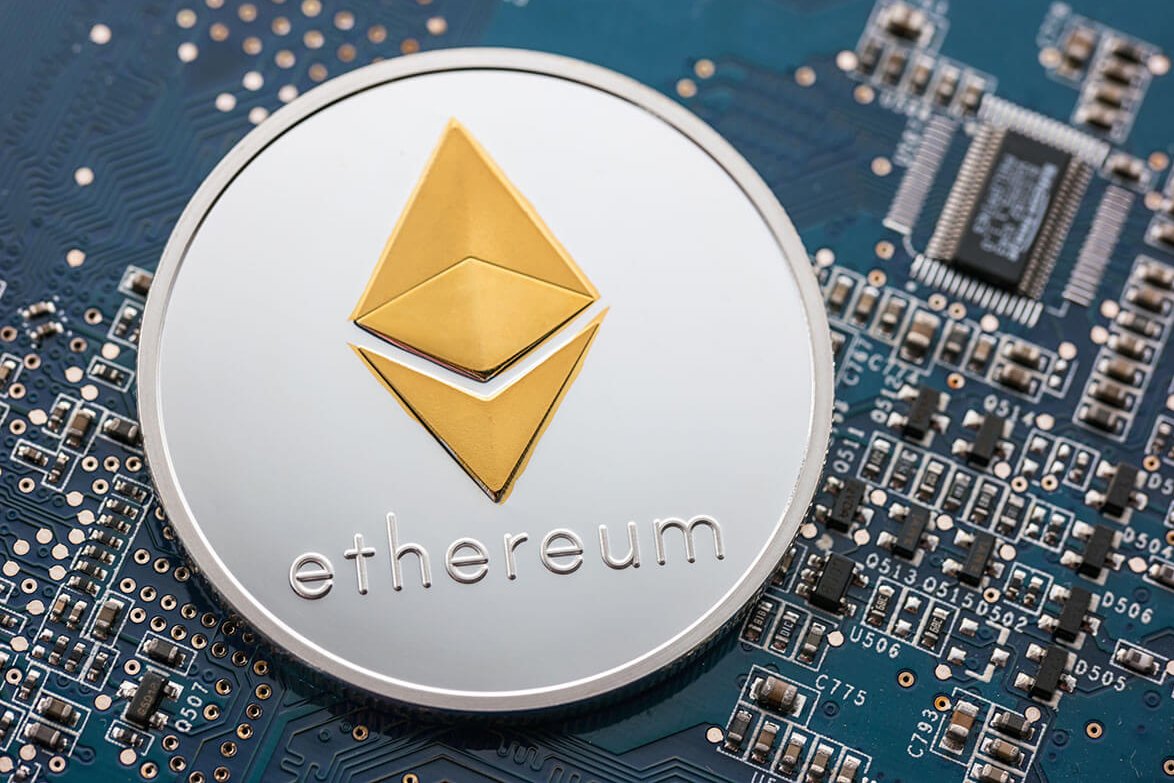

Since my analysis last week, Ethereum has declined below its 200-day EMA.
After a weekend dip across the cryptocurrency markets, the only coin that seemed to recover was Bitcoin Cash (potentially due to Binance delisting BSV, which seems to have turned investors to BCH). At the moment, ETH is trading at around $166 after dropping away from the 200-day EMA and closer to its 50-day EMA.

Daily trading volume is now higher than $10 billion, which is still quite bullish compared to yearly lows. Ethereum’s market cap stands at around $13 billion, making it the second-largest cryptocurrency in terms of market cap.
Currently, Ethereum is moving parallel to the market, and unless there is a sudden decline in volume, I don’t see any sudden changes.
As I mentioned in my analysis last week, there were signs of an incoming dip closer to the 50-day EMA. However, ETH is still above the 20-day EMA – a clear bullish signal.
Hopefully volume will continue to rise. Otherwise, prepare yourselves for a trip back down to the $150-$155 price levels.
In theory, the development of Ethereum 2.0 should increase Ether’s reservation demand as the network’s overall utility improves. The transition to Proof-of-Stake should greatly help in this regard because it gives network participants more incentive to hold Ether. This will solve the ICO cash-out problem that plagued the platform last year. As the quality of token offerings improve, we are also less likely to see cash-grab ICOs and white paper projects that were rampant in 2017.
Regarding “economic abstraction”, a term that describes gas payments in non-ETH assets that could render ETH useless eventually, Vitalik Buterin says several fixes are being considered. The community is considering the ‘modified fee market’ and ‘storage maintenance fees’ proposals, which would basically make gas payments in ETH mandatory.
From a purely price perspective, Ethereum remains a highly attractive investment relative to its peak. An investment in ETH is essentially an investment in the future of its development community and the likelihood that it will dominate smart contract and dApp development. Presently, Ethereum has the largest community of infrastructure developers contributing to the protocol and its repositories.
If Ethereum continues to develop sidechain solutions around its main network, there could be limitless ways to scale.
Ethereum was launched by Vitalik Buterin on 30th July 2015. He was a researcher and programmer working on Bitcoin Magazine and he initially wrote a white paper in 2013 describing Ethereum. Buterin had proposed that Bitcoin needed a scripting language. He decided to develop a new platform with a more general scripting language when he couldn’t get buy in to his proposal.
If you want to find out more information about Ethereum or cryptocurrencies in general, then use the search box at the top of this page. Here’s an article to get you started:
As with any investment, it pays to do some homework before you part with your money. The prices of cryptocurrencies are volatile and go up and down quickly. This page is not recommending a particular currency or whether you should invest or not.
You may be interested in our range of cryptocurrency guides along with the latest cryptocurrency news.
Denver, Colorado, 24th February 2025, Chainwire
Denver, Colorado, 20th February 2025, Chainwire
Washington, D.C., 18th February 2025, Chainwire
Dubai, UAE, 27th January 2025, Chainwire
Those who enter the market at this time may be surprised to hear that Bitcoin…
George Town, Grand Cayman, 22nd November 2024, Chainwire